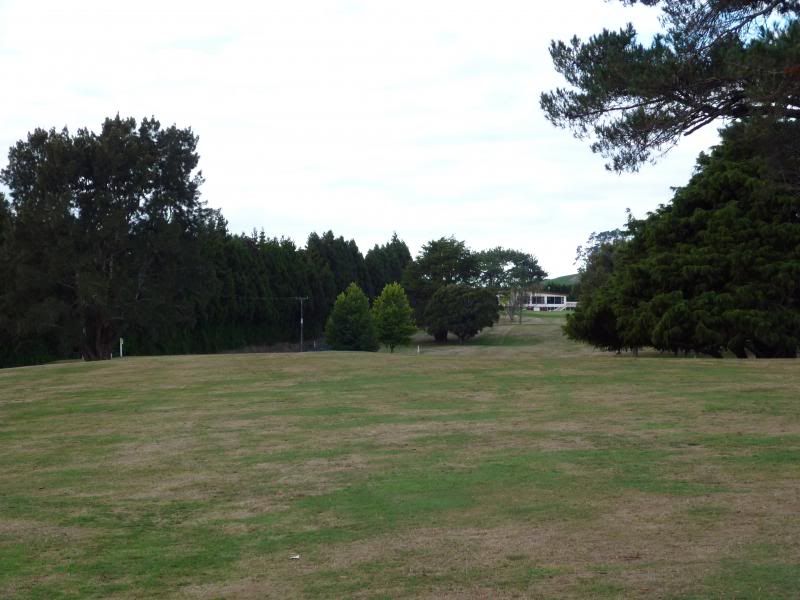New Zealand isnt blessed with an abundance of architecturally significant courses as most have evolved out of volunteer labour, a can do attitude and some available land. There is however some great fun courses to be found and as long as expectations are realistic, some very good golf to be played.
I suppose the law of averages dictate that in essence, by accident, there will be some reasonable courses created and logically some very good holes stumbled upon.
One such example of a very good courses that has "happened" is Waihi Golf Club. Within this very good course is a hole that for me stands out not just as a notable hole on this course but one that holds itself comparably to holes on some of our more esteemed courses.
For a full tour, check out the following link
http://www.golfclubatlas.com/forum/index.php/topic,55383.0.htmlThe 17th at Waihi golf club is in my opinion one of the best short par 4's in New Zealand. At 300 metres (330 yards), the hole offers up challenge yet playability to all levels of golfers.

The Tee shot: The slight uphill nature of the initial 220 metres of the hole serves to create some blindness and mystery without unduly lengthening how the hole plays. The left hand side is out of bounds but far enough to the side to not dominate the thought process when selecting how to play the hole. The right hand side features a scattering of trees but a particularly large pine hanging slightly in to the fairway does exert strategic influence. A right to left pitch is a feature of the fairway and becomes more pronounced the further up the hole your shot lands. A slight left to right dogleg is determined primarily by the large pine but supported by the other trees.
The options off the tee include:
- laying up to a distance of approximately 200 metres while trying to keep the ball as far right as possible without having to deal with the tree for your second.
- Driver with a left to right flight following the curvature of the hole.
- A low driver played straight down the right edge of the fairway kept low under the overhanging tree.
The risk with driver is pulling it OOB, hitting it straight where the slope will kick it to the left or overcompensating and hitting too far right into the trees.

From a lay up in the centre of the fairway, the green is for the most part hidden from view so their is a large element of feel and trust with the approach. From where this photo is taken, you would be playing directly up the axis of the green. Ideally, a little further right would be preferable. The approach of the hole slopes gently towards the green allowing a shot played short a confident run up.

This photo demonstrates the long narrow nature of this green complex. Slopes to the left of the green feed a ball onto the surface yet the right hand side the contours direct the ball away down the bank. This green definitely has elements of the 16th at Paraparaumu Beach or even the postage stamp at Troon though I would be doubtful if either was considered as inspiration when this hole created. This angle shown is what the player would be faced with after a good drive with a left to right shape or having run under the pine tree on the right hand side. The bunker to the left is possibly not really required but its presence doesnt offend too greatly.
As you can picture now seeing the green, shots approached from the left of the fairway are being played at an angle with no supporting form. Even a short pitch to this green from the left can be extremely difficult and the challenge is further enhanced by the left to right slope of the green. The straight drive from the tee will often run left (with the slope as seen in previous photos) and the player is then faced with this difficult shot. The further right the approach is played from the more helpful the surrounding counters become. People who are big fans of short green to tee walks will note the 18th tee markers a mere 10 metres from the green off to the left.
Everything from birdies to doubles (or worse) are to be found on this hole. Admittedly, a couple of plays are required to really understand the lines but the first timer would be wise to play to where they can see their ball come to rest by laying up. Its position in the round lends itself as both a defining matchplay hole and a chance to pick up a birdie late in the round.
I find this hole to be a great example of working with the land and the result is something that I am not sure anyone would actively create or build.